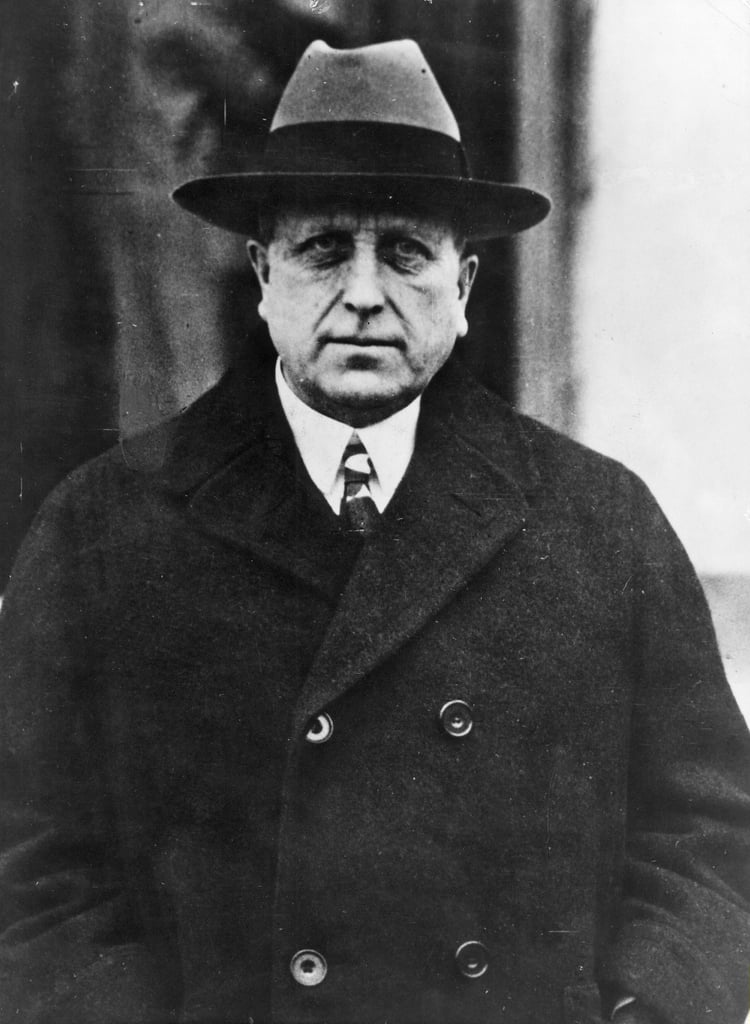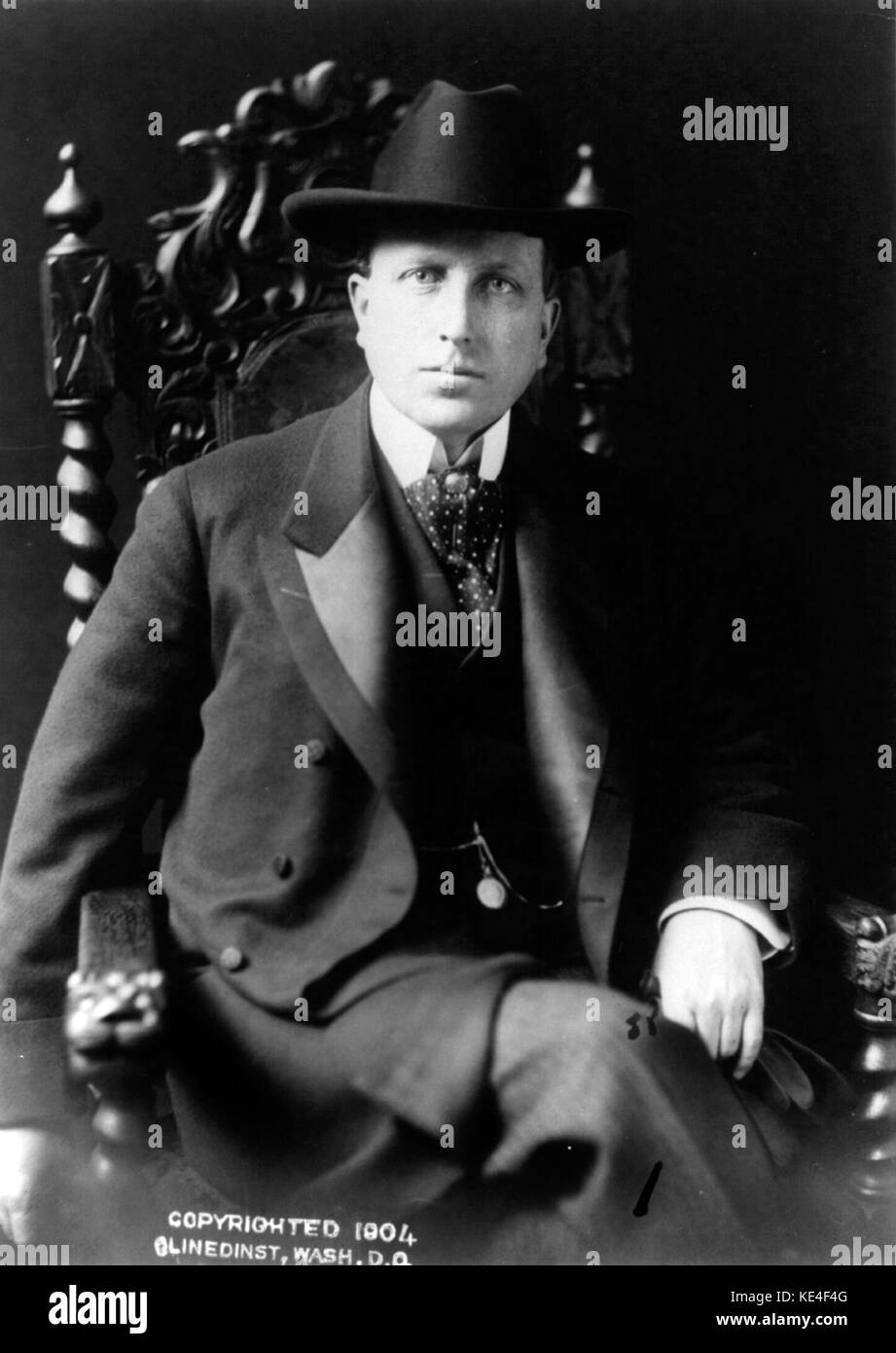Can one individual truly shape the course of an entire industry? William Randolph Hearst did just that, transforming journalism and media in ways that still resonate today. His influence extended far beyond mere headlines—he redefined how news was consumed, produced, and perceived by millions across America. This bold legacy demands closer examination.
Born into privilege but driven by ambition, Hearst built what would become the largest newspaper chain in the United States during the late 19th and early 20th centuries. Known for his aggressive approach to journalism—often labeled yellow journalism—he championed sensationalism as a tool to capture public attention. Yet, this characterization oversimplifies his complex contributions to media history. Beyond controversy, Hearst’s vision encompassed innovation in publishing techniques, technological advancements, and even political engagement. He supported Franklin D. Roosevelt initially before turning into one of FDR's most vocal adversaries—a testament to his shifting allegiances and strategic thinking.
| Name | William Randolph Hearst |
|---|---|
| Date of Birth | April 29, 1863 |
| Place of Birth | San Francisco, California |
| Education | Harvard University (did not graduate) |
| Professional Career | Newspaper publisher; founder of Hearst Communications |
| Notable Achievements | Established the largest newspaper chain in the U.S.; pioneered yellow journalism; influential figure in American politics |
| Personal Life | Married Millicent Willson; had five sons |
| Legacy | Influenced modern media practices; subject of Orson Welles' film 'Citizen Kane' |
| Reference | Biography.com |
Hearst’s empire expanded rapidly through acquisitions and mergers, with each addition strengthening his grip on public discourse. His newspapers were known for their dramatic headlines, vivid illustrations, and unapologetic editorial stances. While critics accused him of prioritizing profit over truth, supporters praised his ability to bring critical issues to the forefront of national conversation. The tension between these perspectives underscores the duality of Hearst’s impact on journalism.
His involvement in politics further complicated his legacy. Initially endorsing progressive policies under President Roosevelt, Hearst later became disillusioned, perceiving the New Deal as a threat to capitalist ideals. This shift reflected both personal convictions and pragmatic business decisions, illustrating the interplay between ideology and commerce in his leadership style. Despite his opposition to certain government initiatives, Hearst remained committed to promoting freedom of speech, famously declaring it “the boon but the basis of democracy.” Such declarations highlight his belief in the press’s role as a guardian of civic liberties.
The infamous campaign against Orson Welles’ film *Citizen Kane* exemplifies another facet of Hearst’s character. Perceived as a thinly veiled portrayal of himself, he marshaled all available resources to suppress its release. This episode revealed not only his immense power but also his vulnerability to criticism. By leveraging his media network to discredit the movie, Hearst demonstrated the extent to which personal pride could drive professional actions. However, this effort ultimately failed, cementing *Citizen Kane* as a cinematic masterpiece while simultaneously immortalizing Hearst as its real-life counterpart.
Technological innovations played a crucial role in Hearst’s success. Embracing advancements such as color printing and syndication, he ensured his publications reached broader audiences more effectively than competitors. These strategies contributed significantly to the growth of his empire, allowing him to dominate markets nationwide. Furthermore, his investment in radio and television foreshadowed the multimedia conglomerates of today, showcasing his foresight in adapting to evolving consumer preferences.
Despite controversies surrounding his methods, Hearst’s contributions to journalism cannot be overlooked. He championed investigative reporting, exposing corruption and advocating for social justice causes. Under his guidance, reporters tackled subjects ranging from labor rights to foreign affairs, fostering dialogue around pressing issues. Though some questioned the accuracy or bias inherent in his coverage, few denied the transformative effect his approach had on the industry.
Sixty years after his death, myths about William Randolph Hearst persist, blurring fact with fiction. To fully appreciate his significance, one must consider both the achievements and shortcomings of his career. As a businessman, politician, and visionary, Hearst left an indelible mark on American society. Whether viewed as a pioneer or provocateur, his story serves as a compelling reminder of the power wielded by those who control the flow of information.
In assessing Hearst’s enduring influence, it becomes clear that his methods laid the groundwork for contemporary media practices. From clickbait headlines to multi-platform storytelling, echoes of his strategies reverberate throughout today’s digital landscape. At the same time, debates about journalistic integrity and ethical boundaries continue to mirror questions raised during his era. Understanding these connections provides valuable insights into the evolution of media and its ongoing relationship with democracy.
Hearst’s life and work remain relevant because they encapsulate fundamental tensions within journalism: balancing commercial interests with public responsibility, navigating partisan divides while maintaining credibility, and leveraging technology without sacrificing quality. These challenges persist, underscoring the importance of studying figures like Hearst to inform future approaches to media production and consumption.
Ultimately, William Randolph Hearst embodies the paradoxical nature of power in the press. Through ambition, innovation, and occasionally questionable tactics, he reshaped an industry and influenced countless lives. His story invites reflection on the responsibilities accompanying such authority—and the potential consequences when those obligations are neglected.




